Diabetes is a serious health condition that often develops gradually, frequently without noticeable symptoms in its early stages. Many people may experience early warning signs but dismiss them as minor health issues. Recognizing these subtle indicators is crucial for early detection and effective management of the condition. In this article, we will explore nine common symptoms that, if identified, can help you take proactive steps before the condition progresses.
Please note: The content provided here is for informational purposes only and should not be considered a substitute for professional medical advice. Always consult your doctor for guidance regarding your health and medical conditions.
9 Diabetes Warning Signs You May Be Ignoring
Darkened Patches of Skin
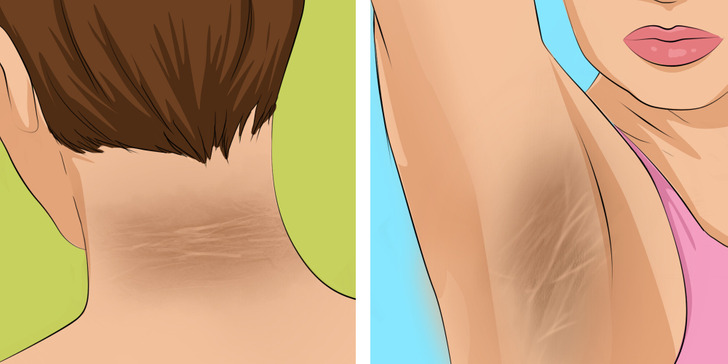
A dark, velvety patch of skin that appears on the neck, armpits, groin, or other areas could be an early sign of prediabetes. This condition, known as acanthosis nigricans, is frequently linked to insulin resistance and may indicate the onset of diabetes or prediabetes. Although it can sometimes occur in individuals without underlying health issues, it is most often associated with metabolic problems. If you notice these skin changes, it’s important to consult a healthcare professional for further evaluation.
Unexpected Weight Loss
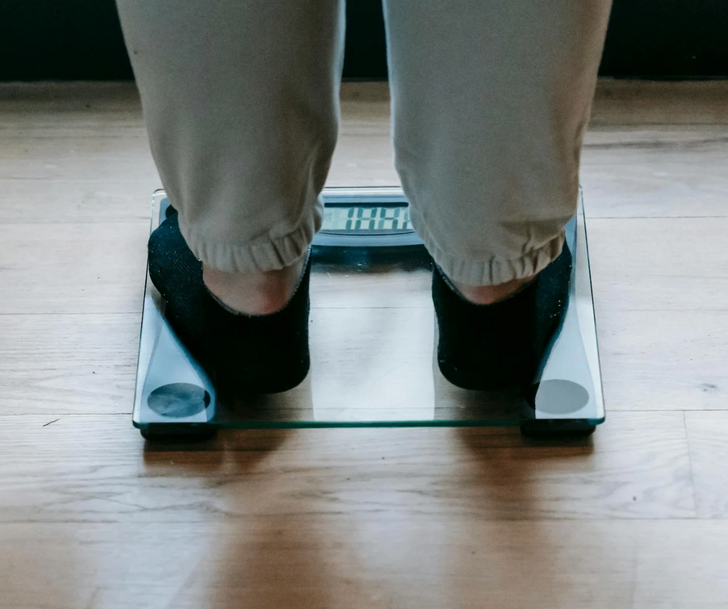
Even with an increased appetite, you may experience unintentional weight loss. This occurs when the body cannot effectively absorb glucose from food, leaving cells without enough energy. To compensate, the body begins breaking down stored fat and muscle, resulting in unexplained weight loss.
Hazy or Distorted Vision

Persistently high blood sugar levels can temporarily change the shape of the eye’s lens, causing vision problems. When blood sugar levels fluctuate, the lens may swell, impairing its ability to focus properly and leading to blurred or distorted vision. These changes often occur as a direct response to variations in blood sugar levels.
Blurred vision can be an early warning sign of prediabetes, signaling that the body is having difficulty managing blood sugar effectively. If ignored, this symptom could contribute to the development of type 2 diabetes and raise the risk of long-term vision issues.
Eruption of Tiny Bumps
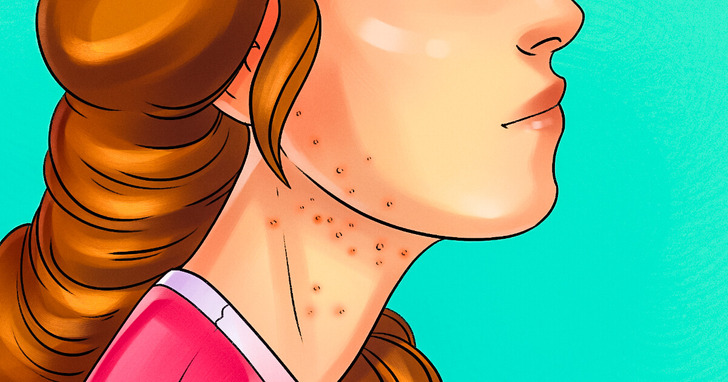
Diabetes can lead to increased triglyceride levels, a type of fat in the bloodstream. This elevation can sometimes cause a skin condition known as eruptive xanthomatosis, characterized by the sudden appearance of small bumps. In people with lighter skin tones, these bumps often appear yellowish, while in those with darker skin, they may look grayish with a faint yellow tint.
These bumps are most commonly found on the buttocks, thighs, elbows, and knees but can also develop in other areas. They are usually tender and itchy, no matter where they appear on the body.
Persistent or Unexplained Fatigue

Fatigue is a frequent symptom of unstable blood sugar levels. When the body has trouble using insulin effectively, it disrupts the process of converting glucose into energy, resulting in persistent tiredness or exhaustion—even after getting enough rest. Alongside physical fatigue, mental exhaustion can also occur, making it challenging to focus and perform daily tasks efficiently.
Increased Thirst and Frequent Urination

One of the earliest indicators of prediabetes is increased thirst accompanied by frequent urination. When blood sugar levels rise, the kidneys work overtime to filter and remove excess glucose. If they can’t keep up, the extra sugar is expelled through urine, pulling fluids from the body’s tissues and causing dehydration, which triggers persistent thirst.
To quench this thirst, you may drink more fluids, leading to even more frequent urination. While these symptoms might start off subtly, they often become more pronounced as prediabetes progresses toward type 2 diabetes. Recognizing these early warning signs can help you take proactive measures to manage and regulate blood sugar levels effectively.
Small Skin Growths
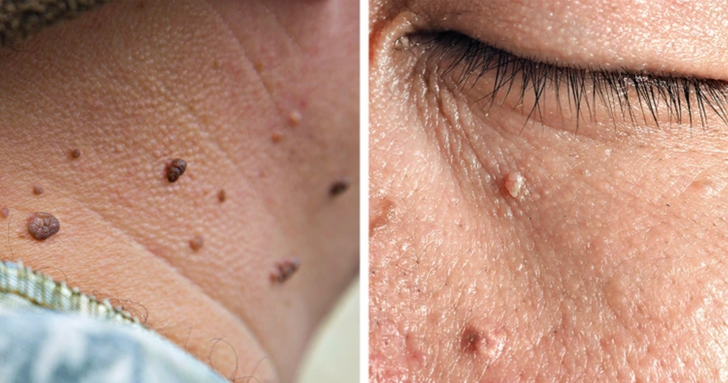
© Potashev Aleksand / Shutterstock.com, © gnepphoto / Shutterstock.com
Skin tags are small, benign growths that can form on various parts of the body. Some lie flat against the skin, while others hang from a thin stalk. Medically referred to as acrochordons, these growths are typically harmless.
Skin tags can appear anywhere but are most often found on the eyelids, neck, underarms, and groin. While they are generally not a cause for concern, having an unusually high number of skin tags may be associated with an underlying condition, such as type 2 diabetes. If you notice a significant increase in skin tags, it’s a good idea to consult a doctor to determine if diabetes testing is necessary.
Slower Recovery of Cuts and Injuries
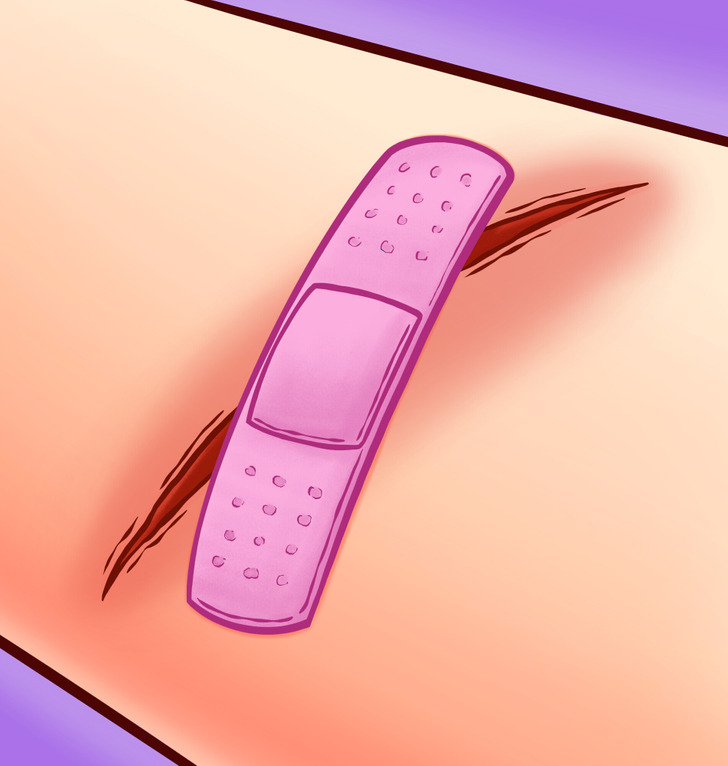
Persistently high blood sugar levels can disrupt the body’s natural healing process by damaging blood vessels, which are responsible for delivering oxygen and essential nutrients—including to the skin. This damage can lead to poor circulation, a critical factor in wound healing, causing cuts, bruises, and other injuries to heal more slowly. Additionally, high blood sugar can weaken the immune system, making it harder for the body to fight off infections. As a result, even small wounds are at a higher risk of infection, further prolonging the healing process.
Persistent Skin Itching
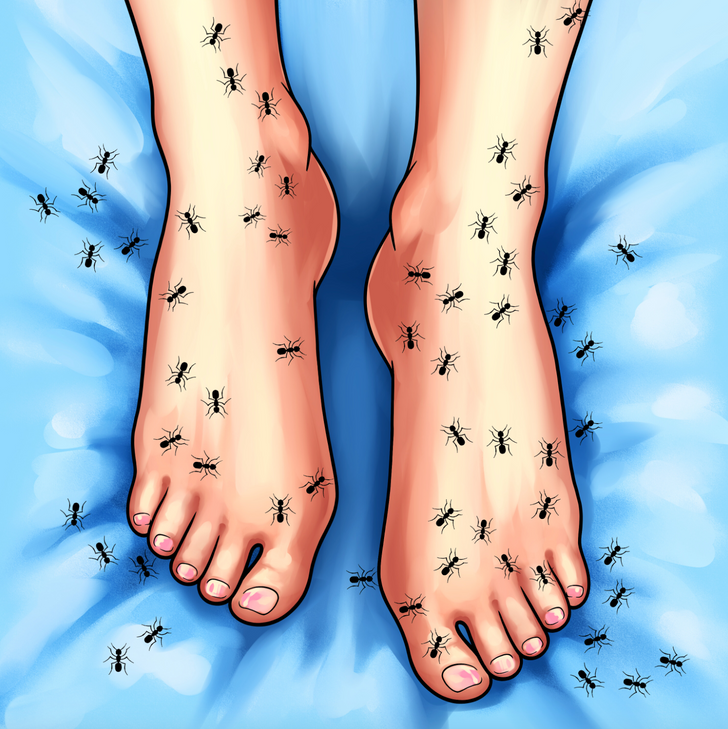
Tingling and numbness in the hands and feet may signal prediabetes. Elevated blood sugar levels can damage small nerves, potentially causing diabetic neuropathy. Along with tingling and numbness, this condition might bring a burning sensation in the hands, arms, or feet, or the feeling of bunched-up socks under the toes. Early detection of prediabetes and proper treatment can help ease these symptoms and lower the risk of developing diabetic neuropathy.
A blood test can determine whether you have prediabetes. The same tests used to diagnose type 2 diabetes are also used for prediabetes. To find out if you should be tested, consult your primary care provider.
Note: Recent studies highlight that insufficient sleep can have serious health consequences. Click this link to learn about the 6 alarming effects of getting fewer than 7 hours of sleep per night.
credits by: Brightside.me






